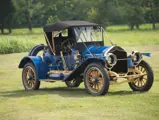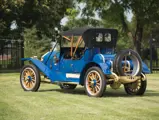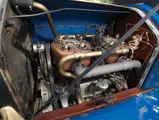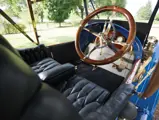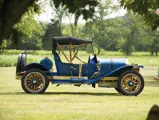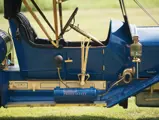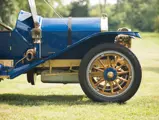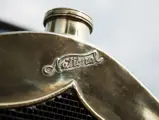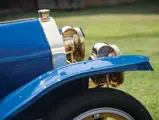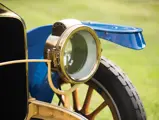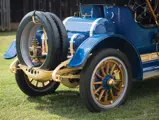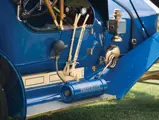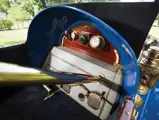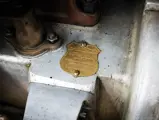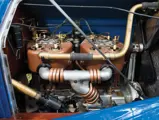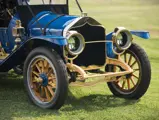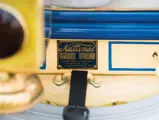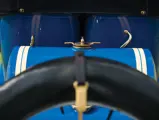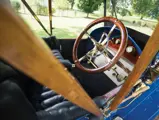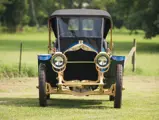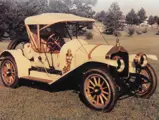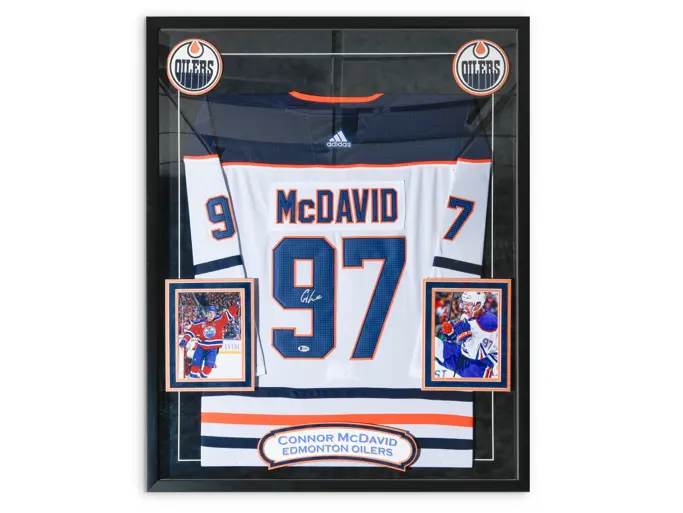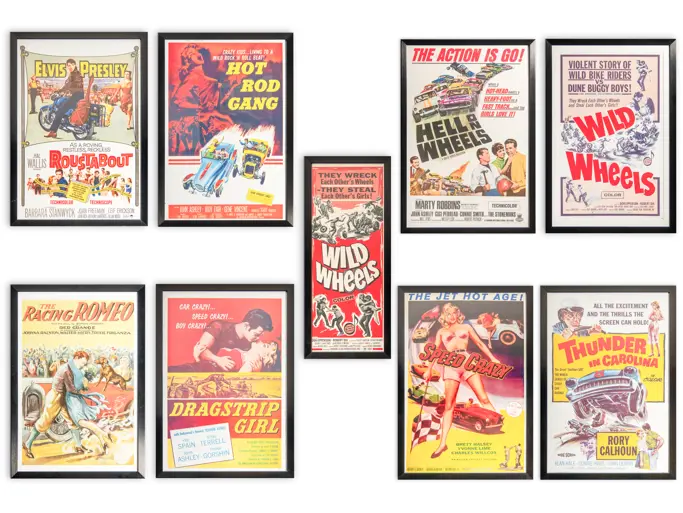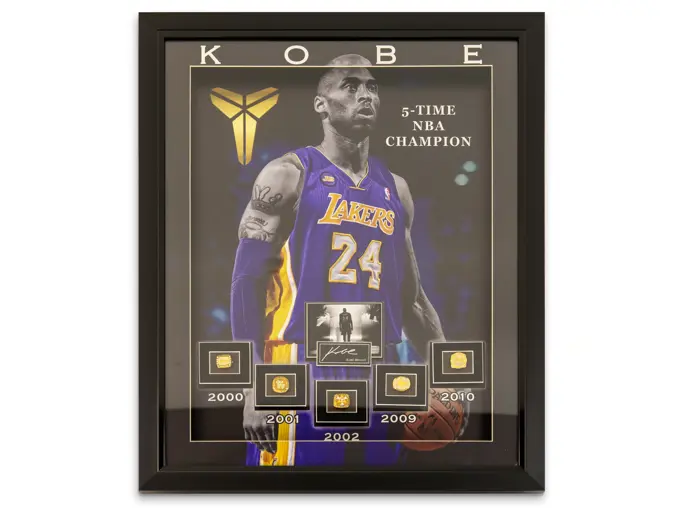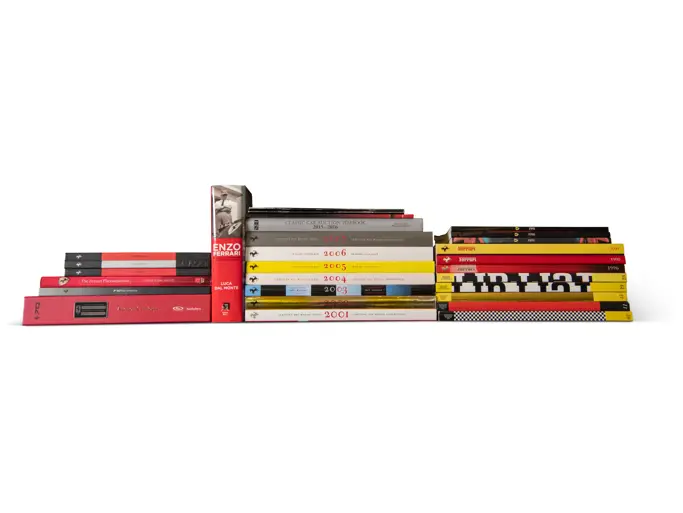Hershey 2015
1911 National Model 40 Speedway Roadster
The Harold Coker Collection
{{lr.item.text}}
$385,000 USD | Sold
 | Hershey, Pennsylvania
| Hershey, Pennsylvania
{{internetCurrentBid}}
{{internetTimeLeft}}

- Offered from the Harold Coker Collection
- Ote Corriher’s “garage find” in the 1950s
- Recent high-quality restoration
- Sister car to the 1912 Indy 500 winner
40 hp, 446.7 cu. in. T-head inline four-cylinder engine, three-speed manual transmission, solid front axle with semi-elliptical leaf springs, live rear axle with three-quarter-elliptic leaf springs, and two-wheel mechanical drum brakes. Wheelbase: 124 in.
Like a number of other automobiles, the National sprung from electric roots. The National Automobile & Electric Company, of Indianapolis, Indiana, entered the field in 1900, adding gasoline models, a light twin, and a 16-horsepower four in 1903. By 1905, a larger car with a 23/30-horsepower Rutenber engine, three-speed gearbox, and shaft drive arrived, edging out the electrics after 1906.
The company president, Arthur C. Newby, was one of the founders of the Indianapolis Motor Speedway, so Nationals went racing early. In 1905, a National won a 100-mile endurance race at the State Fairgrounds, and with the Speedway opening in 1909, the company frequently raced on the dirt oval. For the inaugural 500 in 1911, the first “brickyard” race, National fielded a three-car team, one of which finished seventh.
The year 1912, though, was National’s year. Joe Dawson drove one to a splendid win, averaging 78.22 mph. It was the last time a fully stock car would roll up such an achievement, and it was the end of National’s competition, too. Despite winning road races in Illinois, California, and the Los Angeles-to-Phoenix Cactus Derby, management pulled out of racing at the end of the year.
This National Roadster, a veritable twin to the car that won the 1912 Indianapolis 500, was discovered in a garage in Atlanta in the early 1950s. O.A. “Ote” Corriher, a Landis, North Carolina, textile manufacturer and car collector, had it restored by the Allen Brothers, completed in 1957. Corriher had a small museum and displayed the car for many years before he sold it to Harold Coker in 2004.
The restoration was showing considerable age when Harold bought it, so he consigned it to Lester Rice’s Peggy Craft Restorers in Harriman, Tennessee, for a full rebuild. The result is striking, presented in medium blue with yellow chassis and running gear. The seats are upholstered in black buttoned leather, and there is a matching canvas top with windscreen curtain, both in very good condition. The fuel tank is at the rear, nestled with a slightly smaller oil tank, which allows topping up the crankcase with the turn of a valve.
The brass lighting, head, side, and tail, is by Gray & Davis. The headlamps are fed by a Prest-O-Lite cylinder on the right running board, while the others are oil lamps. The only instrumentation consists of a pressure gauge and a dashboard clock. A brass bulb horn is mounted on the right splash apron.
The big T-head engine, with cylinders cast in pairs, has a dual ignition system, magneto and battery, and two sets of spark plugs. Tires are 34x4½ B.F. Goodrich Silvertown blackwalls on demountable rims. There are dual spare tires at the rear.
The National remained in production through 1924. This car, however, is one of the last from the make’s competition era. With its racy lines and distinctive radiator, it looks fast—and it is fast. Whether in vintage racing, on the show field, or on tour, it will give immense satisfaction.

